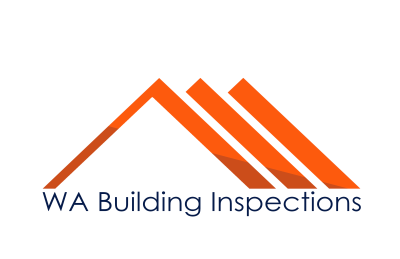- Construction Quality: PCI inspections are critical during new home construction to identify potential issues like missing termite barriers, inadequate drainage & non-compliance with construction codes.
- Building Code Adherence: Watch our video at the end to see this builders dodgy work.
- Protecting Your Investment: By addressing these issues during the construction phase, you safeguard your investment by forcing the builder to fix their issues & you ensure a structurally sound and compliant home.
In the vibrant coastal city of Fremantle, Perth, homeowners often take pride in their properties, enjoying the scenic beauty of the area. However, beneath the surface, there are crucial aspects of home construction that need attention when you’re bjuilding a brand new home. Today, we comleted a PCI inspection in Framentle to uncover hidden problems would go undetected by the home owner if he didn’t order a practical completion inspection. These issues, if left unattended, can lead to significant structural damage and safety concerns for residents. Watch our video at the end of this article. Here’s what we uncovered:
The Clogged Weep Hole: A Cause for Concern
Our inspection began with a visual examination of the exterior of a residential property. One of the first issues we encountered was a completely clogged weep hole. These small openings in brickwork serve a vital purpose by allowing moisture to escape from behind the walls. When clogged, they can lead to moisture buildup, potentially resulting in mold growth and damage to the structural integrity of the building.
The Absence of a Termite Barrier: A Risky Proposition
Continuing our PCI inspection on this Fremantle house, we came across an alarming discovery – the absence of a termite barrier. Termite barriers are essential for protecting homes from these destructive pests. Without one in place, homeowners are left vulnerable to costly termite infestations that can wreak havoc on wooden structures. Installing a termite barrier is not just a recommendation; it’s a necessity to safeguard your property.
Soakwells and Splash Grates: A Lesson in Proper Drainage
Proper drainage is crucial to prevent water from pooling around a property’s foundation, potentially leading to structural damage and flooding. During our inspection, we found a direct connection of soakwells without splash grates. This contravenes national construction codes, which clearly outline the importance of splash grates to redirect rainwater away from the foundation. Adhering to these codes is essential to maintain the long-term stability of your home.
The Importance of Secure Pressure Flashing
One of the most concerning findings during our inspection was the lack of secure pressure flashing on the building’s walls. National construction codes emphasise the importance of properly securing pressure flashing to prevent wind-driven rain from infiltrating the structure. In this case, not only was the pressure flashing missing, but the existing flashing was also too short and inadequately secured. Such issues can lead to water intrusion and costly repairs.
Neglected Termite Mesh: A Recipe for Disaster
While inspecting the property, we also noted that the termite mesh had not been properly trimmed. This oversight allows for potential termite entry points, undermining the effectiveness of the barrier. In addition to this, the thick perp joint we observed exceeded the allowable size, further compromising the property’s defenses against termites. It’s crucial to adhere to construction standards to maintain the integrity of termite protection measures.
Our Final Say
In summary, our PCI inspection in Fremantle Perth unveiled a series of critical issues that demand immediate attention. From clogged weep holes to the absence of a termite barrier, inadequate drainage & improper flashing, these issues pose significant risks to the property’s structural integrity and the comfort of its occupants.
Our inspection report forces the builder to address these concerns. By doing so, homeowners can protect their investments, ensure the longevity of their properties & enjoy peace of mind knowing that their homes are secure and compliant with construction standards.
FAQs
- What is a weep hole & why is it important? A weep hole is a small opening in brickwork that allows moisture to escape from behind the walls. It’s crucial because clogged weep holes can lead to moisture buildup, potentially causing structural damage and mold growth.
- Why is a termite barrier essential for homes in Perth? Termite barriers are crucial in Perth to protect homes from destructive termite infestations. Without one, homeowners risk costly termite damage to their properties.
- What are splash grates & why are they necessary for soakwells? Splash grates are essential components for proper drainage. They help redirect rainwater away from a property’s foundation, preventing potential structural damage and flooding.
- What is pressure flashing & why is it important in construction? Pressure flashing is used to secure the building’s walls against wind-driven rain. Properly installed pressure flashing is vital to prevent water intrusion and protect the structure.
- Why should termite mesh be trimmed & what’s the significance of perp joint size? Termite mesh should be trimmed to prevent potential termite entry points. Perp joint size matters because exceeding the allowable size can compromise the effectiveness of termite protection measures.


